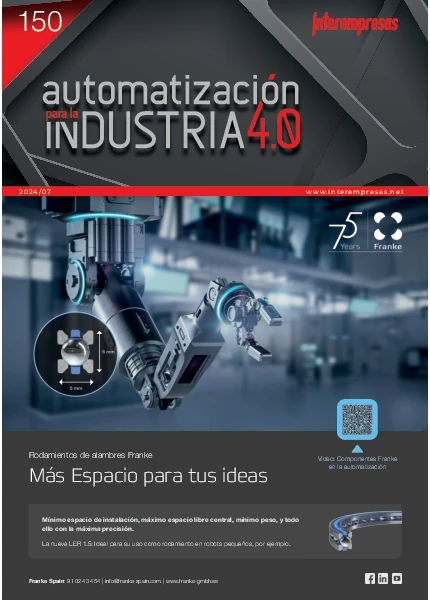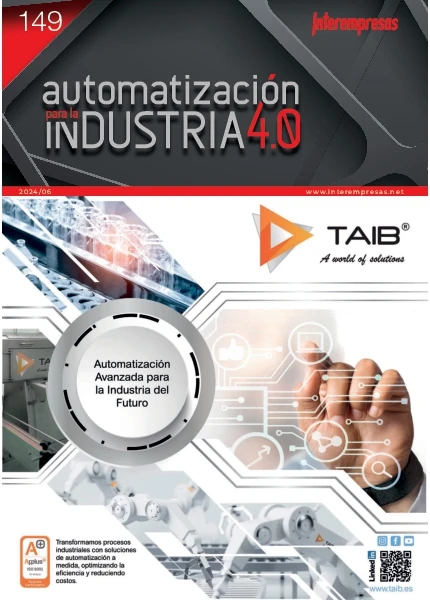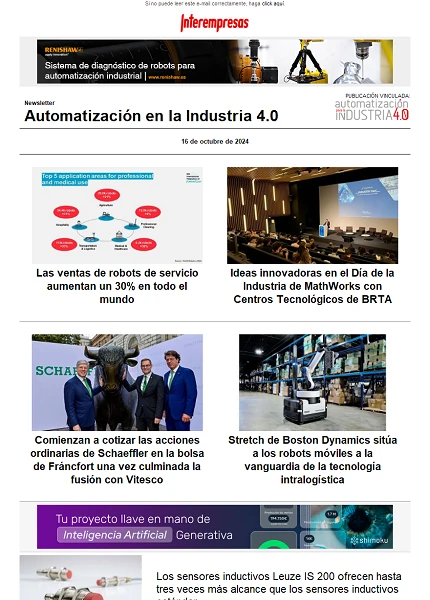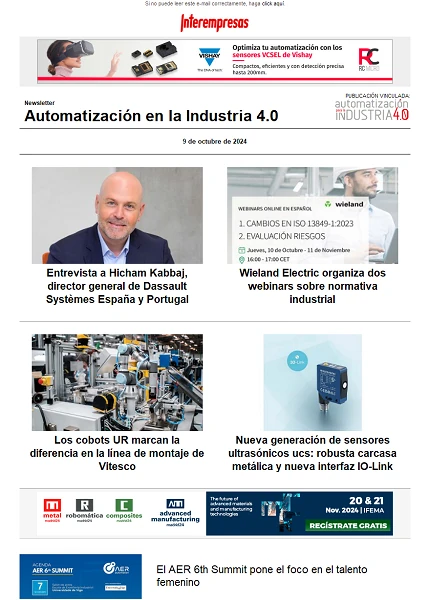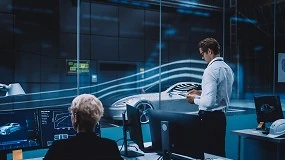The electrical car and the change in the processes of manufacture
Could think that the jump of a system of traction based in an engine of internal combustion (IC) to a system of electrical traction is relatively simple. From the external punto, an electrical vehicle hardly differentiates of one of combustion (Figure 1). Internally, the change involves the replacement of this subsystem of the vehicle, what constitutes 20% of the total. The majority of subsystems, therefore, hardly suffer modifications and allow reutilizar the current components.
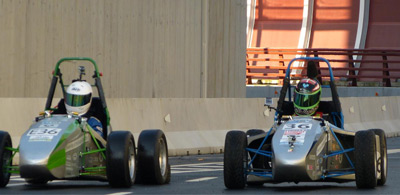
To) GO b) IC. It appears 1. It formulates Student Biscay
However, the consider that the change of technology only affects to the manufacturers of motors is an error, since his extension is much wider. The importance of the private transport in the society does that this change affect to almost all the appearances related with the world of the automotive sector, including to manufacturers, providers, garages, service stations, regulatory organisms and, obviously, to the own society.
The electronificación of the private vehicle
From the punto of the manufacturer of vehicles, the change of technology will demand a drastic adaptation of the design and manufacture of the system of traction. The know-how of the manufacturers is concentrated in some motors of internal combustion that at all have to see with the masificado world of the electrical motors and the emergent world of the systems of storage of power by means of cells of fuel or batteries. The technological jump, to the that the manufacturers are showing by means of the technologies of hybrid vehicles requires the reaprendizaje of these new technologies, with the end to attain designs that guarantee a performance and similar quality to the offered by the vehicles of combustion.
The adecuación of these designs, whose first steps are seeing with prototypes —Renault Twizy, Vito And-Cell and And-Cell Crewbus, Peugeot Partner and Citröen Berlingo electrical, van eNV200 of Nissan, Altea XL Electric Ecomotive 100% electrical and León TwinDrive Ecomotive hybrid enchufable of Seat, what convert to Spain in an industrial example to world-wide level in electrical mobility—, involves a change of approach with regard to the of combustion, the culmination of a tendency that is patent in the automotive sector: the ‘electronificación' of the private transport. The hybrid and electrical vehicles, by design include a high number of electronic components that represent until 30% of the total cost of the vehicle, this is, the increase of the number of systems electrómecánicos with regard to the number of systems purely mechanics in the vehicle. In a future, and because of the easy electronic integration of the electrical vehicles, the systems X-by-wire, like the electronic steering (steer-by-wire) or the technology of motors-in-wheel (in-wheel) will delete mechanical elements like the transmission or the column of steering, reducing notably the weight of the mechanical elements in the vehicle.
This reduction of the number of mechanical elements in the future vehicles repercutirá directly in the providers of pieces and spare parts of the sector, with a predictable significant reduction of requests related with the mechanised of metals (butts, valves, pistones) and an increase in the needs of pieces related with the electromechanical and electronic systems of the vehicle. Thus, the companies of mechanised of the sector will see forced to adapt to the new needs by means of the diversification of markets, the specialisation or the adaptation to the manufacture of the new components that requires this technology.
New materials: when the weight matters
In spite of the reduction of subsystems in some models of electrical vehicle, the true is that, in the actuality, the electrical vehicles present, in comparison with his equivalents of internal combustion, a total weight significantly upper (IC = engine 100 kg, petrol 50 kg, EV=engine 50 kg, batteries 150-250 kg).
The main factor of increase of weight in an electrical vehicle is the system of storage of power: the batteries. The technology of batteries, although in continuous advance, still presents taxles of energetic density very underneath of the performance of the petrol or the diesel (of oreen of 12 kWh/kg). What involves that to attain the same power that provides a kilogram of petrol, require 25 kg of batteries. This involves that to attain the same autonomy would be necessary to increase the weight of an electrical vehicle with regard to the of combustion in an unfeasible quantity or little profitable.
The system of batteries presents , therefore, like the greater tara of the electrical vehicle in the actuality. It exists a big field of investigation opened in this appearance, with continuous advances and the introduction of new materials like the grafeno, in which the skilled manufacturers of batteries are working. However, even with the increase of the energetic density of the batteries and his reduction of weight, the manufacturers find with the need to reduce the global weight of the electrical vehicle with the end to keep a good dynamic provision and increase the autonomy of the vehicle.
With the end to attain this aim requires of the utilisation of new materials lighter that the steel, and that, besides, fulfil with the insulating characteristics that demand to the electrical vehicles. The plastic is one of the materials that more has used in the last decade in elements no structural of the vehicles, with vehicles (SMART) with a high percentage of use of this material. His insulating characteristics do it very interesting in the case of the electrical vehicles, together with the use of other materials like the composites or the fibres of carbon, basalt or glass.
Redefining the elements of hygiene
Another challenge to the that confronts the sector in this technological change is the one of the hygiene of the new systems of traction. Although the electricity forms part of our day in day out, the tensions and intensities that require to obtain a good dynamic provision in an electrical vehicle are elevated and comport risks if they do not include elements of hygiene adapted.
Thus, the rule of hygiene in electrical vehicles is much more strict that the one of the vehicles of combustion, existing tens of elements of hygiene that allow desconectar the system of traction in front of any mishap: sensors of crash, detectors of escapes, sensors of temperature, … From the punto of the system of control, the electrical vehicle requires of a remarkable increase in the sensorización, with duplicate units, or triplicadas, in occasions, to guarantee a reading redundante that provide greater hygiene (accelerator drive-by-wire or column of steering steer-by-wire?).
Of equal way, in the own manufacture and assembling of the electrical vehicle it is necessary to consider new appearances of hygiene that include the electrical risks of the process. Especially critical is the setting and assembled of the system of batteries, since it is not possible to realise it without having the system desenergizado. This process requires of skilled personnel and the utilisation of insulating tools that guarantee a safe setting.
The electrolinera, the electromechanical workshop and the EV-school
The change that supposes the masificación of the electrical vehicles in the derivative infrastructures of the sector is important: the gasolineras, with his logistical system of transport of petrol will see his notably reduced demand, whereas it will require of another type of infrastructures to facilitate the load of the new vehicles.
This appearance is one of the most debated subjects and investigated in the actuality, with proposals of numerous companies. Independently of the form in which the new needs of electrical power will affect to the electrical network, the true is that the sector of the supply of fuel/power will suffer a total reconversion in the coming years, with needs of personnel formed in electrical appearances, new machinery of supply with components mainly electronic and the elimination of the current logistical system.
Is more, the needs of learning and skilled tooling will move also to our workshop of confidence. The peculiarities of the electrical vehicles regarding hygiene and the reduction of the mechanical systems will reduce the reviews owed to the wear of elements, and will increase the ones of the own systems of control, hygiene and electrical traction. The own vehicle will manage, in a lot of cases, the need of reviews and the detection of failures in the vehicle, indicating the element to substitute. In this way, the traditional mechanical workshops will turn into electromechanical workshops, in which those reviews or repairs associated to the system of traction will require of personnel with electrical and electronic profile accredited by the own manufacturer. It fits to stand out the fault of adaptation to the electrical vehicles of the process of compulsory verification as it is the Technical Inspection of Vehicles (ITV).
Finally, the own users of the new vehicles, the drivers, will need to adapt to the new type of driving that require these. The electronic systems of help to the driving, the absence of change of courses and embrague and the continuous pair that cater the electrical motors offer an experience of different driving to which offer the vehicles of combustion, with what the autoescuelas will have a fundamental paper in the reeducation.
The electrical vehicle: new challenges, new opportunities
Is evident that the adoption of the electrical technology in the vehicles constitutes a change that goes further of the mere replacement of the system of traction. The new challenges to which confront the manufacturers and providers will require the definition of new processes of manufacture and assembled, the adoption of new materials no conductive, the introduction of new measures of hygiene that will not be able to be extrapolated from the technologies based in motors of combustion.
In this process of transition, the sector of the automotive sector will suffer a ‘electronificación', where elements traditionally mechanics will disappear, being substituted by other devices that will pose new challenges of design and manufacture, new tools, toolings and needs of learning. New opportunities will surface in the fields of the energetic supply, of the development of batteries and of devices of help to the driving.
And the final consequence of this transition will be a future where the electrical vehicles no only will have changed the form to act the wheels of the car, but they will have changed completely the form to understand the private vehicle in himself.


